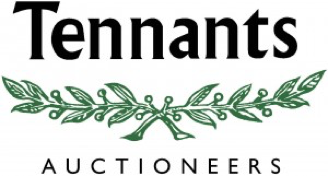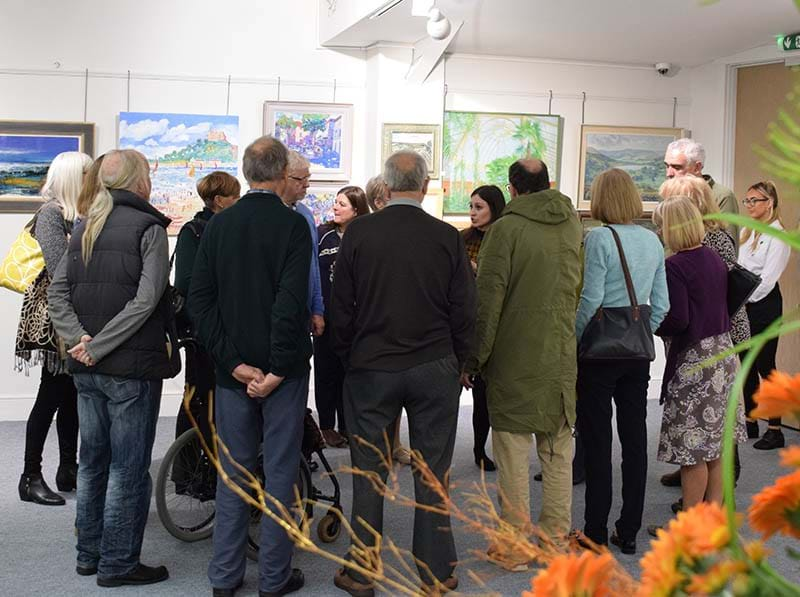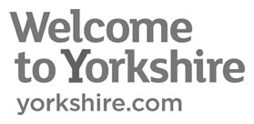Genealogist Derek Wallace presents years of dedicated research into the history of Upper Swaledale and its communities, revealing fascinating stories, snapshots of the lives of its inhabitants and tracing the fortunes of those who left the dale.
Events & Exhibitions
Swaledale: Hidden Histories
Whilst most written local history generally focuses on the over-arching stories of an area and its inhabitants, research in archives and documentation can bring back to life the stories of long-forgotten individuals. Wills, title deeds and other legal documents give valuable insight into the histories of houses still inhabited today, as well as providing fascinating details of possessions and farming practices. Small details can bring those long forgotten back into our minds, many of whom are ancestors of those who still live in the area today.
SWALEDALE
Swaledale stretches for thirty miles, from the source of the River Swale 2000ft above sea level on Birkdale Common down to Richmond. Crisscrossed with drystone walls, dotted with field barns, villages and lead mines, and illuminated by hay meadows filled with flowers every spring.
The landscape we see today is shaped by layers of sandstone, shale and limestone, weathered to create hills with distinctive stepped profiles, all capped by hardwearing masses of millstone grit. For centuries Swaledale was largely unknown to the wider world, and indeed the compliers of the Domesday Book failed to venture further than Reeth, declaring the lands beyond wasteland. However, the dale was gradually settled. Great forests hunted by Norman Lords gave way to a hill farming system introduced by the great monastic houses who revolutionised sheep breeding.
By the 1650s, sheep farming was an entrenched way of life, and a boom in building farmhouses from local stone was seen between 1670 and 1750, each farm and community connected through a complex network of tracks and footpaths. Mining and farming became the twin pillars of the local economy, and between 1760 and 1840 the valley bottom and sides were enclosed by miles of drystone walls, creating the landscape now so distinctive of the Dale.
ABOUT DEREK WALLACE
County Durham born Scientist; former Fellow of the Royal Society of Arts (FRSA); Director of The Paint Research Association of Great Britain (PRA) and a former Governor of Bedale High School and Leyburn Primary School.
Historian and Genealogist.
“Since moving to Wensleydale, I have developed a keen interest in the history of that part of the Yorkshire Dales known formerly as Suardal, Swardal but now Swaledale. In particular that more remote part of Swaledale beyond Muker and Keld as it stretches towards Cumbria.
Without the interest of Tennants, the encouragement, knowledge, and support of residents of Upper Swaledale and beyond the seas, as well as the staff in the archives in Northallerton, Reeth and Richmond and my wife Barbara who suffered many long hours of silence, it would not have been possible to show the lives and times of these hardy, long suffering, sometimes forgotten but fiercely independent and proud people of Upper Swaledale.”
Pictured: Richard Alderson, also known as Neddy Dick, playing a set of stones from the river Swale chipped to form musical notes. Photocredit: SWAAG ( Swaledale and Arkengarthdale Archaeology Group) via the Alderson Family History Site
< Back to Events

7th May 2025, 10:30
Plan your visit to our Leyburn Head Office and Salerooms, or our Harrogate and London Offices
Get your antiques and collectables valued by our team of specialists.









